Master The Intricacies Of Minor Arcana: Deep Dive Into Tarot Card Meanings
Master The Intricacies Of Minor Arcana: Deep Dive Into Tarot Card Meanings
Mastering the intricacies of the Minor Arcana in tarot reading is a fascinating journey of self-discovery and spiritual growth. The Minor Arcana cards, consisting of 56 cards, are often considered the foundation of tarot reading, providing insight into daily challenges, emotions, and relationships.
In this deep dive into tarot card meanings, we will explore the nuances of the Minor Arcana cards, unlocking their hidden meanings and symbolism to help you become a more skilled tarot reader.
Tarot card reading is an art that requires patience, practice, and a deep understanding of the cards' meanings. The Minor Arcana cards are divided into four suits: Wands, Cups, Swords, and Pentacles, each with ten numbered cards and four court cards. The numbered cards represent everyday challenges, while the court cards represent people or personality traits.
By understanding the symbolism and meanings of each card, you can effectively interpret their messages and provide valuable insights into your clients' lives. In this article, we will delve into the intricacies of the Minor Arcana, providing valuable insights on how to read and interpret each card, and how to read combinations of cards to provide more in-depth readings.
Key Takeaways
– Minor Arcana cards are foundational in tarot reading and are divided into four suits: Wands, Cups, Swords, and Pentacles.
– Numbered cards represent everyday challenges, while court cards represent people or personality traits.
– Each suit has its own symbolism and meanings, with Cups representing emotions and relationships, Swords representing conflicts and action, Pentacles representing material possessions and work, and Wands representing creativity and passion.
– Understanding the symbolism and meanings of each card is crucial for interpreting tarot readings, and analyzing combinations of cards is essential for a deeper understanding.
Overview of the Minor Arcana
The Minor Arcana of the tarot deck comprises 56 cards that are divided into four suits, each with its own distinct symbolism and meaning, and are often used in divination practices to provide insight into the querent's life.
The four suits are Cups, Swords, Pentacles, and Wands. Each suit has 14 cards, with ten numbered cards and four court cards. The numbered cards range from Ace to ten and represent different stages of the suit's theme.
The Cups suit represents emotions, intuition, and relationships. The Swords suit represents thought, action, and conflict. The Pentacles suit represents material possessions, finances, and work. The Wands suit represents creativity, inspiration, and passion.
Each card in the Minor Arcana has a unique meaning and can be interpreted in various ways depending on its position in a reading and the surrounding cards.
Understanding the court cards is essential in mastering the intricacies of the Minor Arcana. These cards represent people and personalities and can be interpreted as the querent or someone they know. The court cards include the Page, Knight, Queen, and King, each with its own set of characteristics and meanings.
By understanding the symbolism and meaning behind each card in the Minor Arcana, one can gain insight into the querent's life and provide guidance and clarity in their journey.
Understanding the Court Cards
Comprehending the Court Cards in tarot requires an understanding of their symbolism and their corresponding astrological signs. The Court Cards are often considered the most challenging and complex part of the Minor Arcana, as they represent specific individuals or archetypes that can be difficult to interpret.
Each Court Card has a unique personality that reflects the energy of its corresponding suit and astrological sign. The Court Cards are divided into four suits: Wands, Cups, Swords, and Pentacles. Each suit has four Court Cards, which represent different people or archetypes.
The Pages are the youngest and most immature of the Court Cards, representing a youthful energy and new beginnings. The Knights are more mature and represent action, movement, and growth. The Queens are nurturing, intuitive, and represent emotional depth. The Kings are the most mature and represent authority, stability, and power.
Understanding the Court Cards is essential for reading tarot accurately, as they often represent people or situations in the querent's life. By studying the symbolism and astrological associations of the Court Cards, the reader can gain a deeper understanding of the energy and personality of the individual or archetype being represented.
In the subsequent section, we will discuss the interpretation of the numbered cards, which can provide further insight into the querent's situation and future outcomes.
Interpretation of the Numbered Cards
In tarot, the numbered cards from Ace to Ten of each suit carry significant symbolism and meanings. Each number represents a unique energy and essence, which is further enhanced by the suit it belongs to.
Understanding these nuances is crucial to interpreting the messages conveyed by the cards. The Ace, being the first card in each suit, is considered the purest expression of its energy, while the Ten represents the culmination of that energy.
Ace through Ten of each Suit
Exploring the nuances of each suit's Ace through Ten can provide an illuminating understanding of the minor arcana's complex symbolism and imagery.
The Ace of each suit represents the raw potential of that element, and it signifies a new beginning or a burst of energy.
The Two through Ten cards of each suit further develop that potential, depicting various stages of growth and challenges in that particular aspect of life. For instance, the Two of Cups signifies the attraction and connection between two individuals, while the Ten of Cups represents the ultimate fulfillment of love and emotional happiness.
Each card's imagery and symbolism provide a rich tapestry of meaning that adds depth and complexity to the tarot reading.
The Ace of Swords, for example, shows a hand holding a sword pointing upward, symbolizing the intellect and the power of the mind.
The Ten of Swords shows a person lying face down with ten swords piercing their back, symbolizing betrayal, pain, and a complete breakdown of the mental and emotional state.
Understanding the symbolism and meanings of each card can help a tarot reader provide a more insightful and accurate reading for their clients.
Symbolism and Meanings
The symbolism and meanings of each tarot card can provide valuable insight and depth to a reading, allowing a tarot reader to offer a more nuanced and accurate interpretation of a client's situation, despite potential skepticism about the validity of tarot readings.
Each card in the minor arcana has its own unique image and symbolism that can be interpreted in different ways depending on the context of the reading. For example, the Ace of Cups represents new beginnings, emotions, and intuition, while the Ten of Cups represents emotional fulfillment, happiness, and harmony in relationships.
Understanding the symbolism and meanings of each card is essential for a tarot reader to provide a comprehensive and insightful reading. By interpreting each card individually and in relation to the other cards in the spread, a tarot reader can offer a more complex and accurate interpretation of the client's situation. This leads to a deeper understanding of the client's needs and desires, allowing the reader to provide guidance and insight into the client's future.
In the next section, we will explore how reading combinations of cards can add even more depth and complexity to a tarot reading.
Reading Combinations of Cards
To fully understand the meaning of a tarot reading, analyzing the combinations of cards is essential as it provides a more comprehensive interpretation of the reading. When two or more cards appear together in a reading, they interact and create a unique meaning that cannot be obtained by looking at each card individually.
The relationship between the cards can be harmonious or challenging, indicating either positive or negative outcomes. For example, if the three of cups and the ace of pentacles appear together, it can indicate a celebration or a new financial opportunity. However, if the five of swords and the tower appear together, it can indicate a major conflict or upheaval.
It is important to consider the position of the cards in the reading, as well as the individual meanings of each card, to gain a deeper understanding of the message being conveyed. By analyzing the combinations of cards, a tarot reader can gain insight into the past, present, and future of the querent, as well as the underlying energies and influences affecting the situation.
With practice and experience, one can learn to intuitively interpret the meanings of different card combinations and use this knowledge to provide accurate and insightful readings. To further enhance your tarot readings, there are several tips and techniques that can be employed, such as using spreads that focus on particular areas of life, incorporating intuition and symbolism, and developing a personal connection with the cards.
By utilizing these techniques and mastering the intricacies of the minor arcana, a tarot reader can provide powerful and transformative readings that can guide and inspire the querent towards their highest potential.
Tips for Enhancing Your Tarot Readings
Enhancing tarot readings can be achieved through various techniques that help readers develop a deeper understanding of the cards. One approach is to utilize spreads that focus on specific areas of life, such as love, career, or spirituality. These spreads can help the reader narrow their focus and gain clarity on a particular issue.
Additionally, incorporating intuition and symbolism can help the reader connect with the cards on a deeper level. Intuition involves trusting one's inner voice and allowing it to guide the reading, while symbolism involves interpreting the imagery on the cards and their meanings.
Establishing a personal connection with the cards is also crucial in enhancing tarot readings. This involves attuning oneself to the energy of the cards and building a relationship with them. One way to establish a connection is to meditate with the cards, allowing their energy to flow through the reader.
Additionally, creating a ritual around the reading can help the reader enter a meditative state and connect with the cards. This can involve lighting candles, setting intentions, or reciting affirmations.
Overall, enhancing tarot readings requires practice, patience, and a willingness to trust one's instincts. By utilizing spreads, incorporating intuition and symbolism, and establishing a personal connection with the cards, readers can deepen their understanding of the cards and provide more insightful readings.
Ultimately, the goal is to develop a relationship with the cards that allows the reader to tap into their inner wisdom and provide guidance to those seeking answers.
Frequently Asked Questions
What is the historical origin of the Minor Arcana cards?
The historical origin of the minor arcana cards can be traced back to the early 15th century in Europe. Originally used as playing cards, the minor arcana cards were added to the tarot deck in the late 18th century.
The minor arcana consists of four suits, each with ten numbered cards and four court cards. The suits are typically referred to as wands, cups, swords, and pentacles, and each suit represents a different aspect of life. The numbered cards represent different stages or situations, while the court cards represent people or personalities.
The images on the cards have evolved over time, but the basic structure and meanings have remained relatively consistent throughout history. Today, the minor arcana cards are an integral part of the tarot deck and are used to provide insight and guidance to those seeking answers or advice.
How do the Minor Arcana cards relate to astrology and other divination systems?
The minor arcana cards have been studied and interpreted by many divination systems, including astrology. Each of the four suits of the minor arcana corresponds to one of the four elements in astrology: pentacles for earth, cups for water, swords for air, and wands for fire.
Additionally, each of the numbered cards in each suit is associated with one of the ten planets in astrology, and the court cards are often linked to specific zodiac signs. The use of these correspondences can add depth and nuance to tarot readings, allowing for a more detailed understanding of the energies and influences at play.
However, it is important to note that these associations are not absolute and can vary depending on the reader's interpretation and the specific spread being used.
The minor arcana cards have been studied and interpreted by many divination systems, including astrology. Each of the four suits of the minor arcana corresponds to one of the four elements in astrology: pentacles for earth, cups for water, swords for air, and wands for fire.
Additionally, each of the numbered cards in each suit is associated with one of the ten planets in astrology, and the court cards are often linked to specific zodiac signs. The use of these correspondences can add depth and nuance to tarot readings, allowing for a more detailed understanding of the energies and influences at play.
However, it is important to note that these associations are not absolute and can vary depending on the reader's interpretation and the specific spread being used.
Can the Minor Arcana cards be used for manifestation or manifestation exercises?
The Minor Arcana cards in tarot can be used for manifestation exercises, as they represent different aspects of daily life and can help us tap into our subconscious desires and intentions.
Each card has a unique meaning and symbolism, and when used in conjunction with visualization and intention-setting, can help manifest desired outcomes.
For example, the Ace of Wands represents new beginnings and creative energy, making it a great card to use when manifesting a new project or creative endeavor.
The Tarot can be a powerful tool for personal growth and self-discovery, and the Minor Arcana cards are a valuable resource for anyone looking to tap into their own inner wisdom and manifest their dreams and desires.
Are there any specific spreads that work best with the Minor Arcana cards?
The minor arcana cards can be used in a variety of spreads, depending on the question being asked.
While a general three-card spread can be used to gain insight into past, present, and future situations, more complex spreads such as the Celtic Cross can be used to gain a deeper understanding of a situation or problem.
Additionally, spreads such as the Crossroads spread can be used to gain insight into decision-making processes.
The key is to choose a spread that aligns with the question being asked and to interpret the cards in relation to their position within the spread.
Ultimately, the minor arcana cards offer a rich and nuanced tool for divination and self-reflection.
How do you incorporate intuition and personal interpretation into tarot readings with Minor Arcana cards?
Incorporating intuition and personal interpretation into tarot readings with minor arcana cards requires a deep understanding of the symbolism and meaning behind each card. While the traditional meanings of the cards provide a foundation for interpretation, it is important to allow space for personal insights and connections to arise during a reading.
This can be achieved by encouraging the client to participate in the reading, asking open-ended questions, and allowing for silence and reflection. It is also helpful to have a strong understanding of the client's background and current situation, as well as their emotional and spiritual needs.
By combining traditional meanings with personal insights and connections, tarot readings with minor arcana cards can provide deep and meaningful guidance for clients.
Conclusion
In conclusion, the Minor Arcana of the tarot deck may seem like a daunting and complex subject to master, but with patience and practice, one can become proficient in interpreting the intricate meanings behind each card.
The Court Cards, with their individual personalities and characteristics, hold great significance in a reading, while the Numbered Cards offer specific insights into one's life and experiences.
Reading combinations of cards can be a challenge, but with the right approach and a deep understanding of the symbolism behind each card, one can unlock the secrets to a successful reading.
Finally, using tips and techniques to enhance one's tarot readings can elevate the experience for both the reader and the client. With each card revealing a unique aspect of the human experience, the Minor Arcana is a powerful tool for self-reflection and personal growth.
As one delves deeper into the meanings behind each card, they will begin to see the interconnectedness of all things, and the beauty that lies within the mystery of the tarot.
Acey Tia is a professional Psychic and Wig Specialist with over 10 years of experience in the beauty and metaphysical industry. She specializes in intuitive readings and wig styling.
Acey Tia has a passion for helping others and enjoys providing guidance and insight to those seeking clarity and understanding. With her knowledge and expertise, she is dedicated to providing her clients with the best possible services in order to help them achieve their desired results.
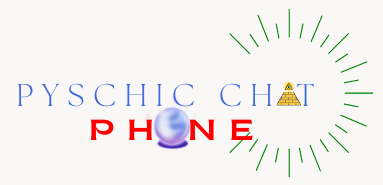
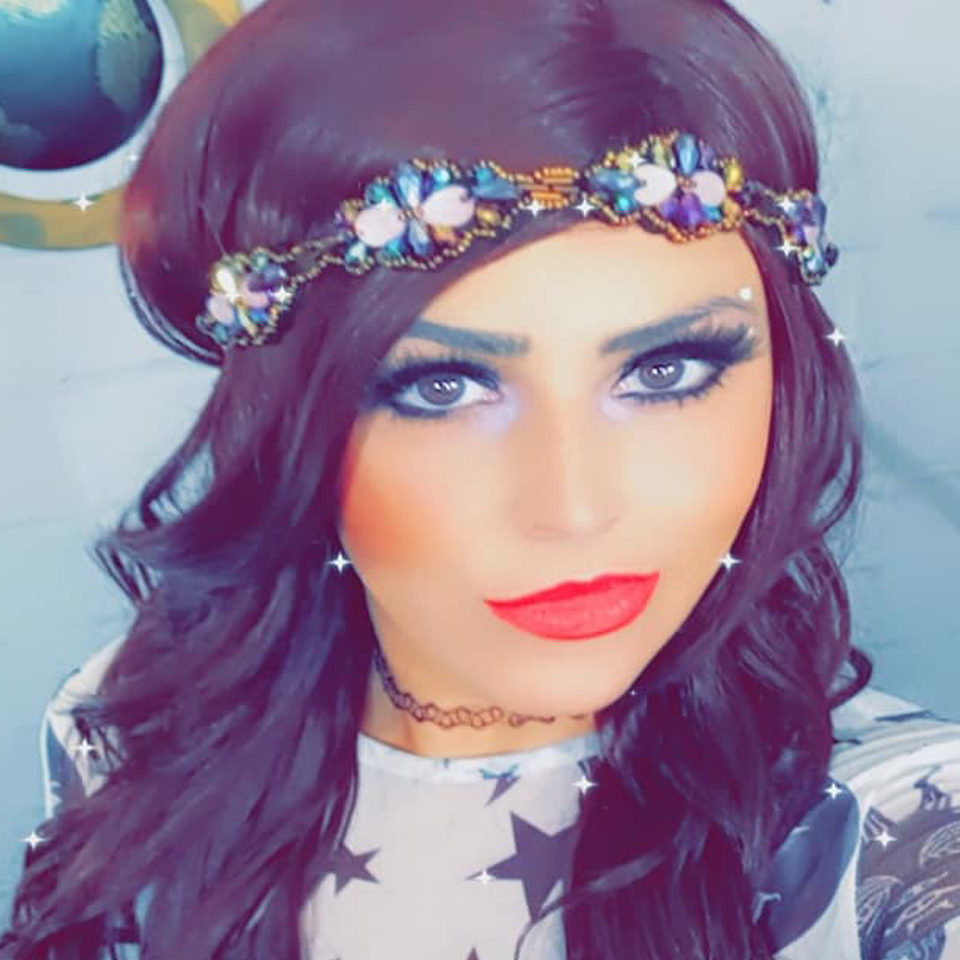

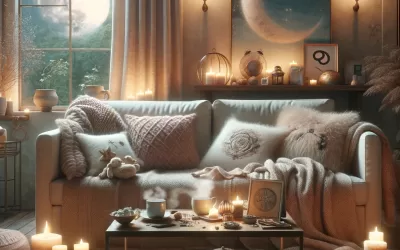
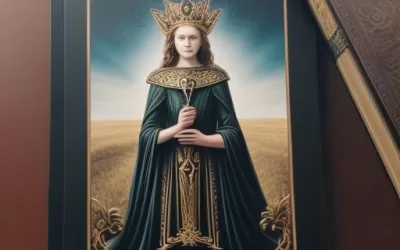
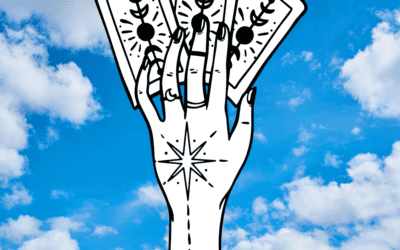
0 Comments